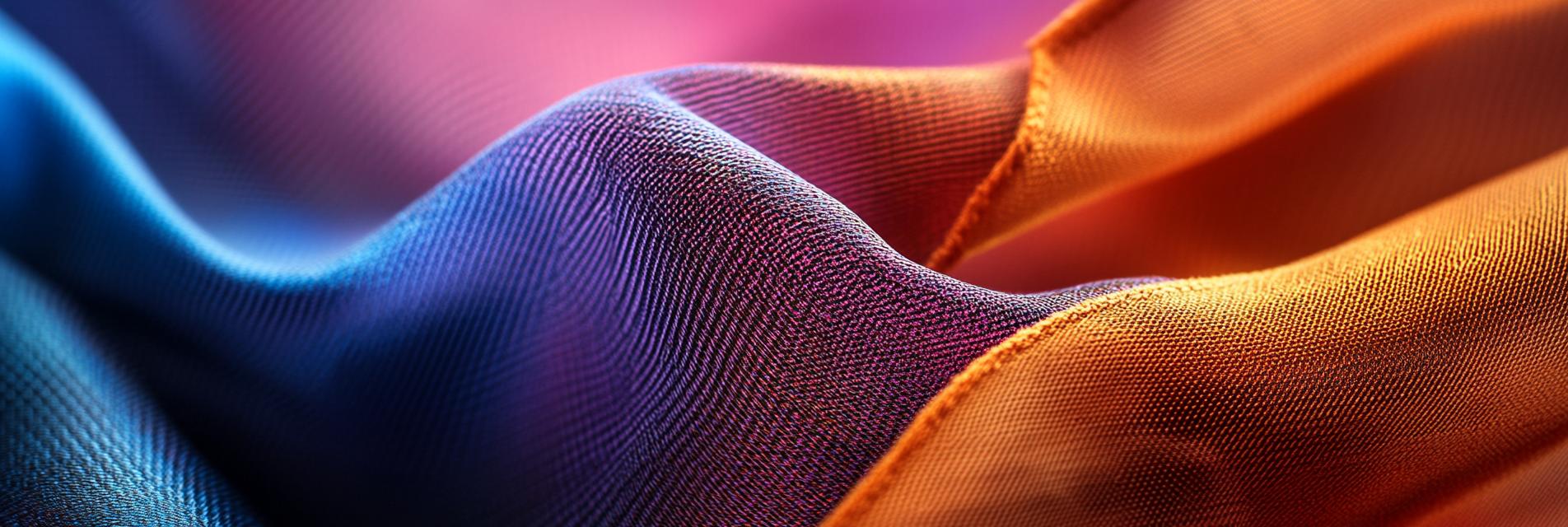The textile industry is witnessing a remarkable evolution with the incorporation of dual-layer fabrics. These innovative materials are not just about aesthetics; they offer enhanced functionality and performance across various applications. In this article, we delve into the types of dual-layer fabrics and their significance in modern textile technology.
Dual-layer fabrics consist of two distinct layers, each engineered with specific properties to improve overall performance. Common types include:
Advancements in textile technology have paved the way for the development of dual-layer fabrics. These innovations not only improve durability and performance but also allow for the integration of smart textiles, enhancing functionalities such as temperature regulation and moisture management. The fusion of technology and textiles signifies a transformative shift in how fabrics are perceived and utilized in various sectors.
The versatility of dual-layer fabrics extends to multiple industries:
The exploration of dual-layer fabric types reflects a significant advancement in textile technology, showcasing how innovation can enhance the functionality and aesthetic appeal of fabrics. As the industry continues to evolve, the applications and benefits of these materials will only expand, offering exciting possibilities for various sectors.

